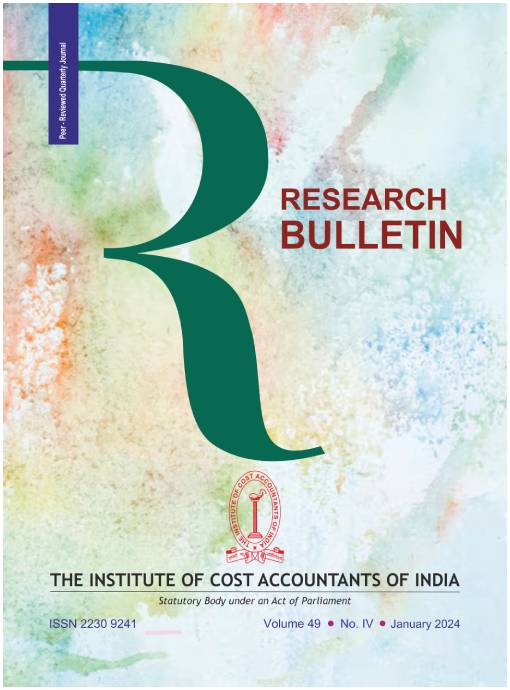Unified Payments Interface (UPI) and the Future of Cashless Banking: Regional Adoption, Global Comparisons, and Policy Innovations
Keywords:
No Keywords.Abstract
India's Unified Payments Interface (UPI) has emerged as a transformative force in the digital payments ecosystem, driving cashless banking and financial inclusion. This article explores UPI's remarkable adoption across regions, highlighting factors influencing penetration, state-level initiatives, and rural-urban dynamics. Additionally, it compares UPI with global systems, emphasizing its interoperability, cost efficiency, and cross-border potential. Technological advancements, such as blockchain, offline payments, and quantum-resistant security, alongside policy frameworks, are analyzed to ensure UPI’s continued resilience and scalability in fostering a robust, inclusive digital economy.
Downloads
Downloads
Published
How to Cite
Issue
Section
References
Kumar, A., Gupta, R., & Verma, M. (2023). Digital payment systems: A rural-urban analysis in India. Technological Forecasting & Social Change, 188, 122432. https://doi.org/10.1016/j.techfore.2023.122432
NPCI. (2023). Annual report 2022-2023. National Payments Corporation of India. Retrieved from https://www.npci.org.in
Singh, S., Tan, J., & Lim, H. (2023). Cross-border digital payment systems: Lessons from UPI-PayNow linkage. Journal of World Business, 58(3), 102533. https://doi.org/10.1016/j.jwb.2023.102533
Tanda, A., &Schena, C. (2019). PSD2 and beyond: Open banking and the future of payment systems. Journal of Risk Finance, 20(4), 321-336. https://doi.org/10.1108/JRF-02-2019-0044
 Free Sample
Free Sample Editorial Policy
Editorial Policy

